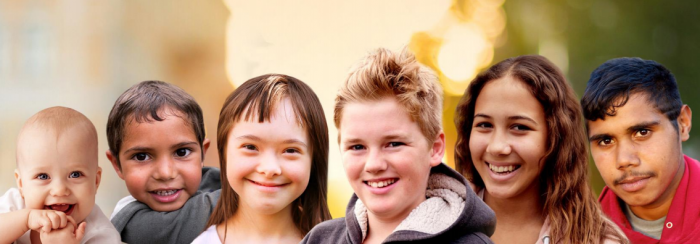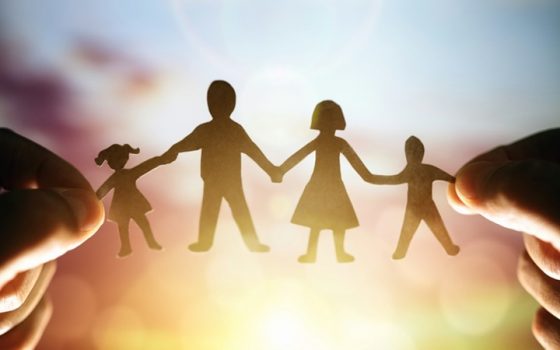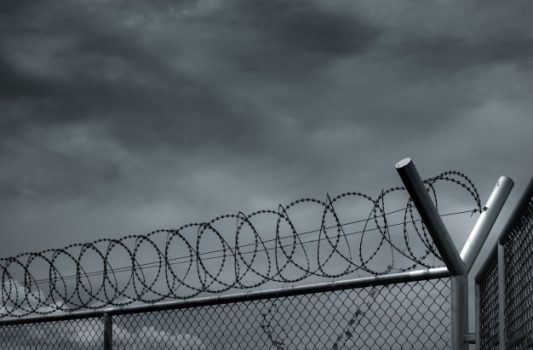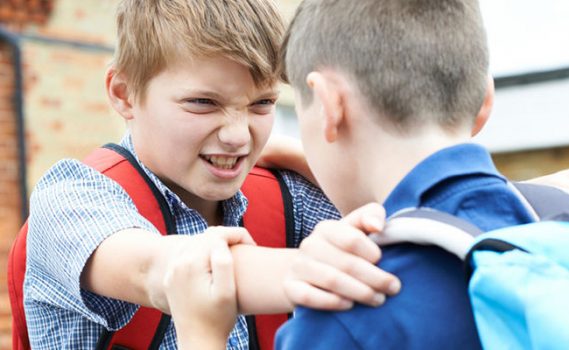Commissioner’s Comments
A longitudinal measure of wellbeing for SA children and young people

“Finally a longitudinal measure that provides us with a clear set of priorities for collective action to improve outcomes for South Australia’s children and young people.”
Helen Connolly, Commissioner for Children and Young People. commenting on the Child Development Council’s How are they faring report card for children and young people.
The release of this important report marks the beginning of a period of greater awareness and understanding of what needs to be done to improve health, safety, wellbeing, education and citizenship outcomes for our State’s youngest and most vulnerable citizens.
It means we are now measuring our performance against a set of population-based indicators and measures. This enables us to perform longitudinal tracking and reporting of trends and outcomes contained in the Outcomes Framework for Children and Young People, which the Child Development Council was set up to develop and maintain. This framework is organised around a Charter for Children and Young People (Charter) that contains 20 essential conditions that indicate whether or not young South Australians are thriving.
Reporting of data against the indicators and measures provides all levels of government and service providers with evidence that will enable them to make informed decisions about policy and collaborative action. The report card shows that our priorities for the coming twelve months must include managing the economic, social and health impacts of COVID-19, particularly in relation to its impact on Aboriginal children and young people who were already experiencing poorer outcomes overall.
It also shows the clear need to prioritise increasing obesity rates and mental health concerns, particularly for those from more disadvantaged socioeconomic areas. There is also a clear need to prioritise the needs of children and young people who have ‘dual status’ meaning they are involved with both the child protection and youth justice systems.
Many South Australian children and young people are doing okay, but there are a large proportion who are not. Compared with other Australian States we have higher rates of disability and out-of-home-care, higher estimates of mental health problems, higher rates of binge drinking, lower educational achievement at Years 3 and 5, and higher proportions of young people with one or more developmental vulnerabilities at school entry.
Realising better outcomes for children and young people in South Australia requires us to work collaboratively to keep children and young people safe from harm, well cared for and able to participate in the activities that support them to reach their potential. By focusing on providing support that enables their physical, mental and emotional health to improve, we simultaneously prepare them to be active and engaged citizens.
A way forward to stop children falling off the cliff… a new child protection strategy from SA Gov

Helen Connolly, Commissioner for Children and Young People, commenting on the South Australian government’s new whole-of-government children protection strategy: ‘Safe and well: Supporting families, protecting children strategy‘.
I welcome the release of the State government’s new child protection strategy. This strategy outlines the across government actions being taken to support families at risk of entering the child protection system and aims to help protect children from harm when they come into care. It is also outlines how the government will be investing in young people to leave care with opportunities for a bright future.
I am pleased to see that the strategy recognises a number of systemic issues I have raised in my 2018-2019 Annual Report. Through case studies of South Australian children and young people who are doing it tough, I have raised a number of cross government issues and suggested solutions that go to the heart of keeping children safe and well.
Too many children are falling off the cliff, and too many departments are pointing their fingers across the table at others. It’s time for us to realise that as leaders and decision makers we are not fulfilling our side of the bargain to protect our children and our future. We all need to take responsibility for making the changes that are urgently required at both the individual and systemic levels.
If we are to have any impact on the numbers of children who are coming into South Australia’s Child Protection and Youth Justice systems we must provide connected services that catch children earlier. And we need to do this across multiple touch points – education, health, police and human services, and non-government services must all be included.
In addition, we must turn our attention to other groups of children who are also falling under the radar. They include:
- young carers who need extra support to complete their education, remain engaged with their friends and be offered some respite from carer duties;
- Children between the ages of 8 and12 who have mental health issues and who are unable to access specialist services; and
- Children whose parents are incarcerated. These children are often forgotten. They could end up homeless and unable to attend school as they try to navigate a range of unsafe situations they face as a consequence of having a parent incarcerated.
More detail of all the above including real-life case studies can be read in my 2018-2019 Annual Report downloadable here.
Use of spit hoods deemed unacceptable

Helen Connolly, Commissioner for Children and Young People, responding to the Ombudsman’s Report on the use of spit hoods in South Australia’s youth justice system said:
“The current use of spit hoods in South Australia’s youth justice system clearly breaches a number of international rights as well as current law.
Children in youth justice should not be subjected to cruel, inhuman or degrading treatment or torture, and should be treated with respect and dignity by youth justice staff at all times. The Ombudsman’s findings show that this is not occurring and that there needs to be a shift in culture in detention and training centres across South Australia so that responses to young people are trauma–responsive, resulting in a de-escalation of any incidents that might occur.
It is acknowledged that behaviour management and support in youth justice detention centres occurs in a complex environment where children and young people exhibit difficult and sometimes violent behaviour. There is, however, considerable evidence to show that punitive approaches are not effective in managing the behaviour of children and young people and can be counterproductive.
Research demonstrates the most effective means of addressing offending behaviour in children and young people is use of a therapeutic approach, which involves counselling and other services designed specifically to meet the needs of children and young people in youth justice detention. The time in detention should be a circuit breaker where wrap around services including health care, education and support are all provided, supporting young people to get and remain ‘on the right track’ when released.
Around the world we have seen countries manage offending behaviour in children and young people without resorting to the use of such restrictive practices. It is well and truly time we took a leaf out of their play book.”
A road map for the future and bullying prevention

Helen Connolly, Commissioner for Children and Young People, responding to the South Australian Government’s strategy “Connected – A Community Approach to Bullying Prevention Within the School Gates and Beyond” said:
“This comprehensive strategy represents a significant commitment across government, civil society, parents and community to prevent bullying.
With a shared vision of where we are leading and a shared roadmap we now have to ensure we start the journey together and put children and young people in the driving seat. Their solutions and strategies to include more peer led interventions, positive role modelling by adults, and restorative approaches must be an essential part of the roll out of this framework.
Children and young people recognise that there are no easy solutions to bring about real change in the way communities present and respond to bullying but they have told the Commissioner that they are up to the challenge. It is their right to health, wellbeing, safety and security that will be protected and promoted, it is therefore critical that their right to participate in how this is done is equally respected.
Congratulations to the Government in putting this into the prevention strategy. It’s now up to all of us to do the heavy lifting and make it happen.”
The strategy was informed by the CCYP’s Bullying Project (2018). Read about the project here.
Read the final report here
Download the Bullying Prevention Guides for Schools, Parents and Sports Clubs here
